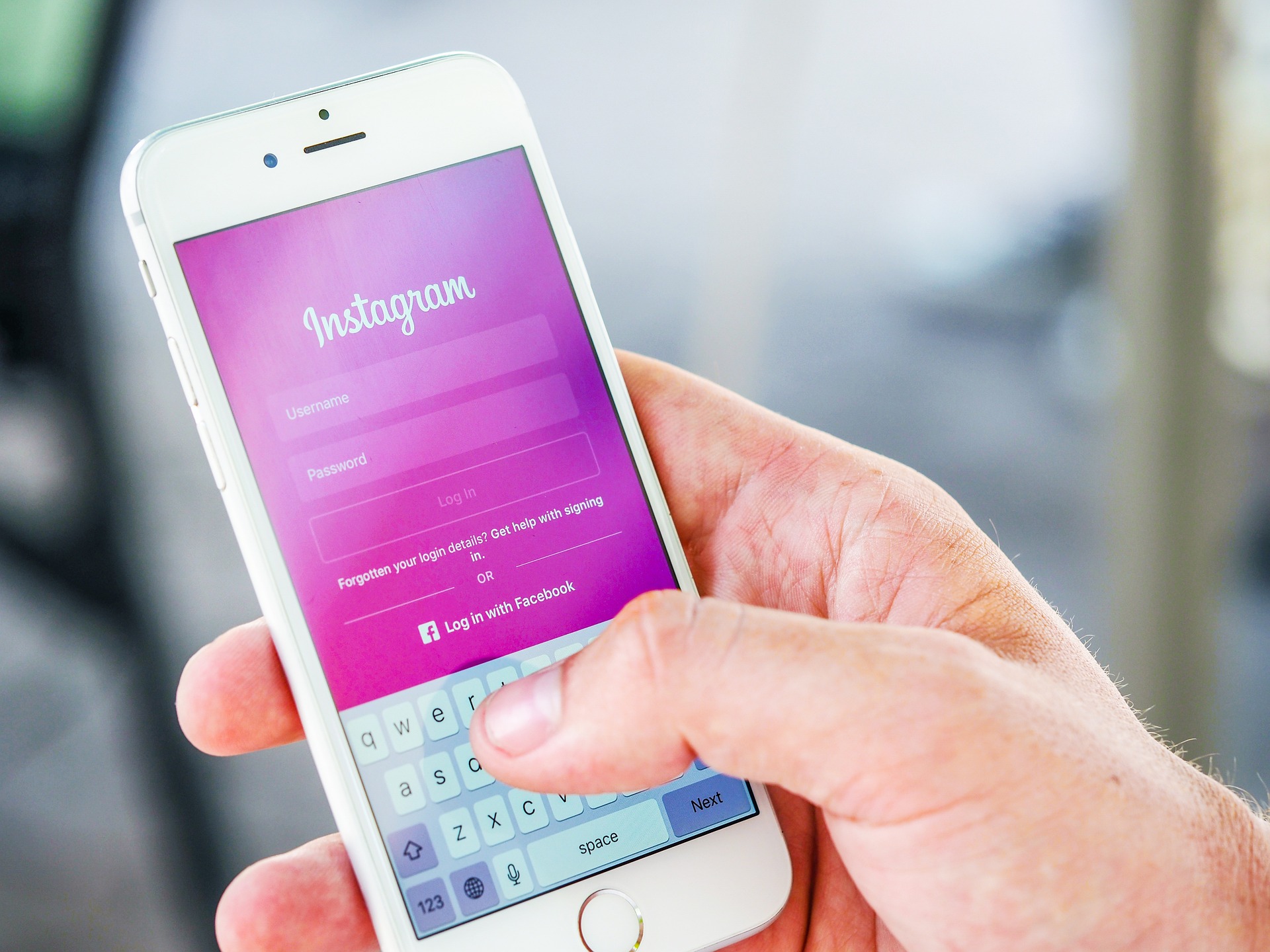Signing onto online accounts requires a process known as “authentication,” which proves that the individual is who they claim to be. This authentication has conventionally been completed via a username and a password, but this method has proven untrustworthy at best. Usernames are often easy to identify – often an email address or form of the proper name. Since passwords can be challenging to remember – especially as services require different formats – people tend to utilize versions of the same simple password on multiple sites. Cybercriminals became quite adept at figuring out these rudimentary credentials. Therefore nearly every online service has added a strategy to keep accounts more secure. Banks, social media, commerce, and Microsoft 365 have added “Two-Step Verification” or “Multifactor Authentication” (MFA) which requires a second “factor” to prove identity.
The three most common kinds of factors used in authentication are:
- Passwords or PIN numbers
- Smartphone or secure USB key
- Fingerprint or facial recognition
How Does MFA Work?
When signing into a traditional account, individuals entered their usernames and passwords. However, if anyone in the world managed to glean those pieces of information in any way, the account was easily breached. But when multifactor authentication (MFA) is enabled, it becomes much more difficult to illegally utilize stolen credentials to gain access to a private account. The initial sign-on to a device or application now typically triggers a prompt to enter a second factor to verify identity.
If utilizing the free Microsoft Authenticator app as the second identity factor, an individual will open a smartphone app that provides a unique, dynamically created 6-digit number to enter into the site in order to gain access.
If an intruder attempts to sign in as someone else, however, they run into a problem. After entering the username and password they stole from the true account holder, they will receive the prompt for the second factor. This is where the process is blocked – because unless they have your smartphone in their possession, they have no way of obtaining the 6-digit number generated by the transaction. As an extra preventative measure, the 6-digit number in Microsoft Authenticator is switched every 30 seconds.
Microsoft Updates to Multifactor Authentication
Microsoft is bringing multi-factor authentication (MFA) adoption for its Microsoft 365 cloud productivity platform to market soon, adding MFA to the Outlook email client. The tech giant recently revealed that users will have the ability to complete MFA requests for Microsoft 365 apps directly in the Outlook app via Authenticator Lite, its latest MFA feature. With Authenticator Lite, individuals will have the ability to log into their Outlook accounts with an assurance of an extra security layer.
Microsoft’s latest actions could strongly encourage MFA adoption with Microsoft 365 users, as Outlook has a significantly larger user base than Microsoft’s Authenticator app. The Outlook app boasts over 500 million downloads on Android and 5.5 million reviews on iOS, while the Authenticator app has a mere 50 million downloads on Android and 233,100 reviews on iOS. Once the rollout is underway, the new Authenticator Lite feature will permit hundreds of millions of Microsoft 365 customers to utilize MFA to safeguard their personal accounts. Incorporating MFA authentication into Outlook mobile apps directly will allow users to easily authenticate their sessions without having to switch back and forth between multiple apps.
If you are a Sarasota small business and are interested in getting help with Microsoft Outlook implementation, call Alliance IT for more information.

